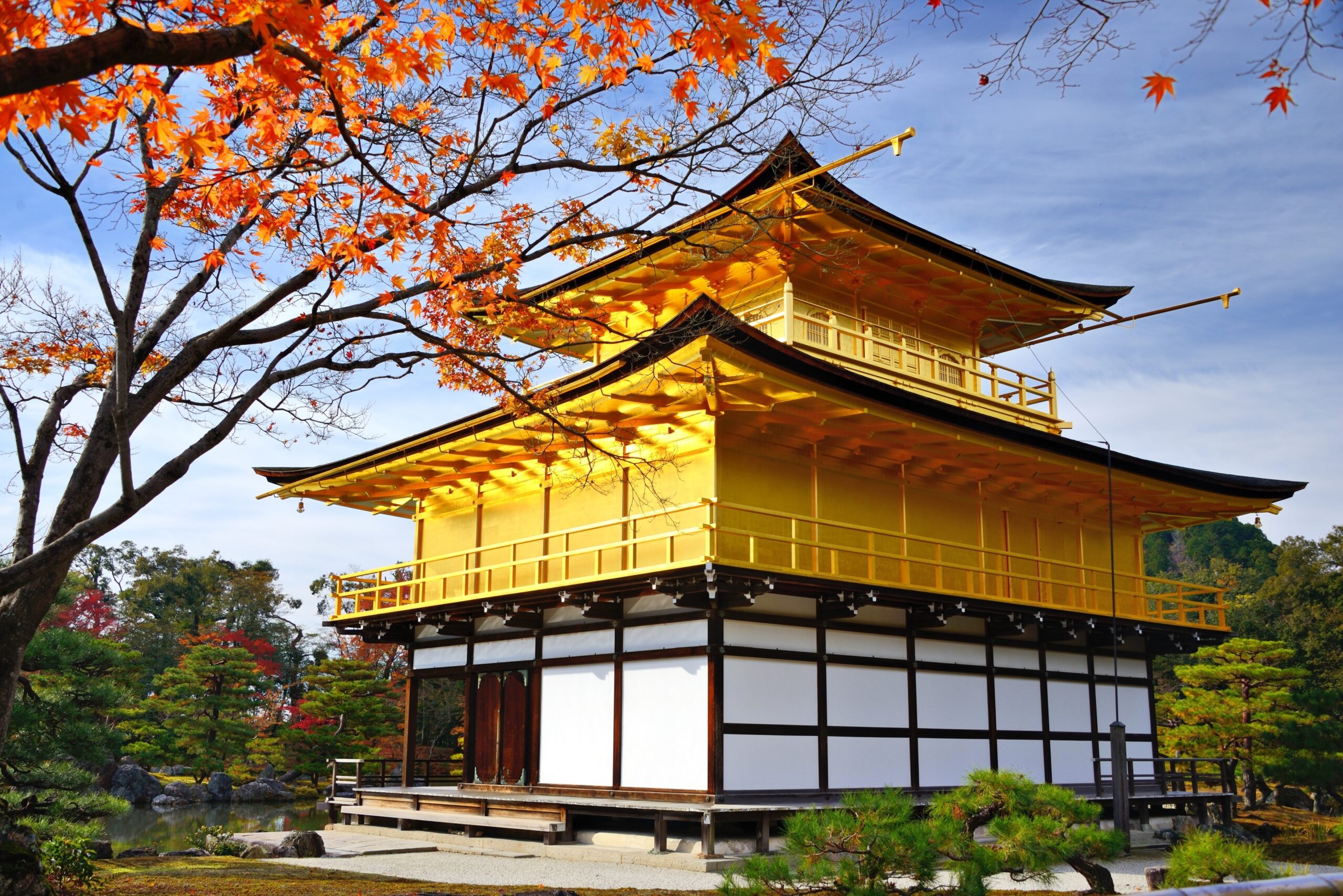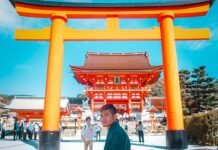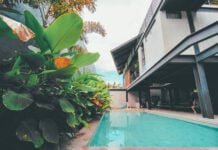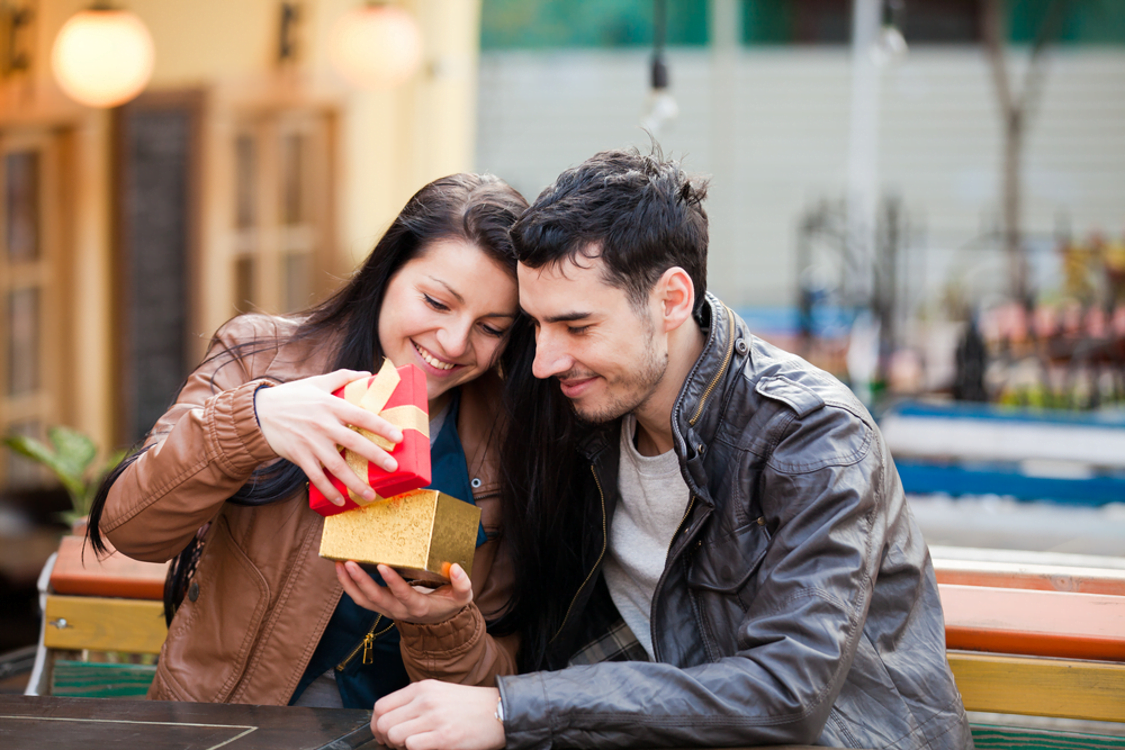Kinkaku-ji Temple (“Golden Pavillion) is a Zen Buddhist Temple located in Kyoto, Japan. It is designated as a National Special Historic Site and a National Special Landscape, and it is one of 17 locations making up the Historic Monuments of Ancient Kyoto which are World Heritage Sites.
Only a few hours remaining until our flight back to Manila. We rushed ourselves early in the morning to make sure we’re gonna be able to see and check out Kinkaku-ji Temple. Coming from Ginkaku-ji Michi, it’s a long drive and ride. We are unsure of the place and so we have to ask our host about the exact directions.
From Ginkaku-ji Michi, we need a single bus ride in order to get to Kinkaku-ji Temple. If you have a map of Kyoto, it’s easier to navigate that, if you do not know how to navigate the map, you can ask me to teach you a little about how to navigate the Kyoto map, what bus number is to ride on, and other things as well (I only got the knowledge from Rio, our host). We’re heading to one of the most visited temples in Kyoto.
Important Facts for Visitors
Kinkaku-ji Temple is open from 9am to 5pm. Entrance fee is 400 Yen each. From Ginkaku-ji Michi, ride bus no. 205 to get to Kinkaku-ji. Travel time will roughly take 40-45 minutes depending on the speed and traffic levels of the road. The temple is open every day. This temple is quite over-crowded as this is one of the “apple of the eye” temples in Kyoto.
Back to the story…
When we got there, with our luggage and backpacks on, we were a bit surprised by how many people are entering the temple’s entrance. It took us about 5 minutes to get our entrance tickets because there was a line. We’ve also seen a Filipino family and heard them talking but we didn’t have the chance to chat and or take a picture with them.
Once you got inside the temple, you’ll surely be amazed by how the garden and the structure was made. According to the history books, Kinkaku-ji temple had been burned down several times, and latest that we see now was the creation from 1955.
Kinkakuji was built to echo the extravagant Kitayama culture that developed in the wealthy aristocratic circles of Kyoto during Yoshimitsu’s times. Each floor represents a different style of architecture.
After viewing Kinkakuji from across the pond, visitors pass by the head priest’s former living quarters (hojo) which are known for their painted sliding doors (fusuma), but are not open to the public.
It is also said that the zen garden covering the golden land was untouched (except for the new plants, of course). Imagine, those trees around it are actually more than 50 years old.
[hoops name=”InArticle”]
After lurking around inside the Kinkaku-ji Temple vicinity, we decided to stay for a little while for more photo ops and to see what’s on the other side of it. There’s a little park where you can eat your packed lunch. Some people and most families visiting here are not just for show but for to immerse in nature as well. Eating with your family in a Zen garden, under the trees beside a golden beautiful temple, ah! What a view!
Heading Outside…
Outside the temple near the exit are a chain of stores for your souvenirs and or eating pleasure. Hey guys, FREE TASTE! YUM! Yes, they offer a free taste of their products, and you can eat each flavour. It made our starving stomachs, slightly full.
And oh, sometimes there are monks inside the temple and outside as well. Here’s a photo of a monk taken by Kim. They are just going to stand silently, not making any noise or any movements, maybe are asking for donations, but I am not sure. Utmost respect to them!
Never forget to visit this temple in Japan!
Useful Links:
Our Itinerary for 5D4N in Japan
Where we Stayed in Japan
Authentic Onsen Experience
Book with us using the search below!
[hoops name=”KyotoSearch”] [hoops name=”Kyoto_Booking”]
[hoops name=”InArticle”]

















